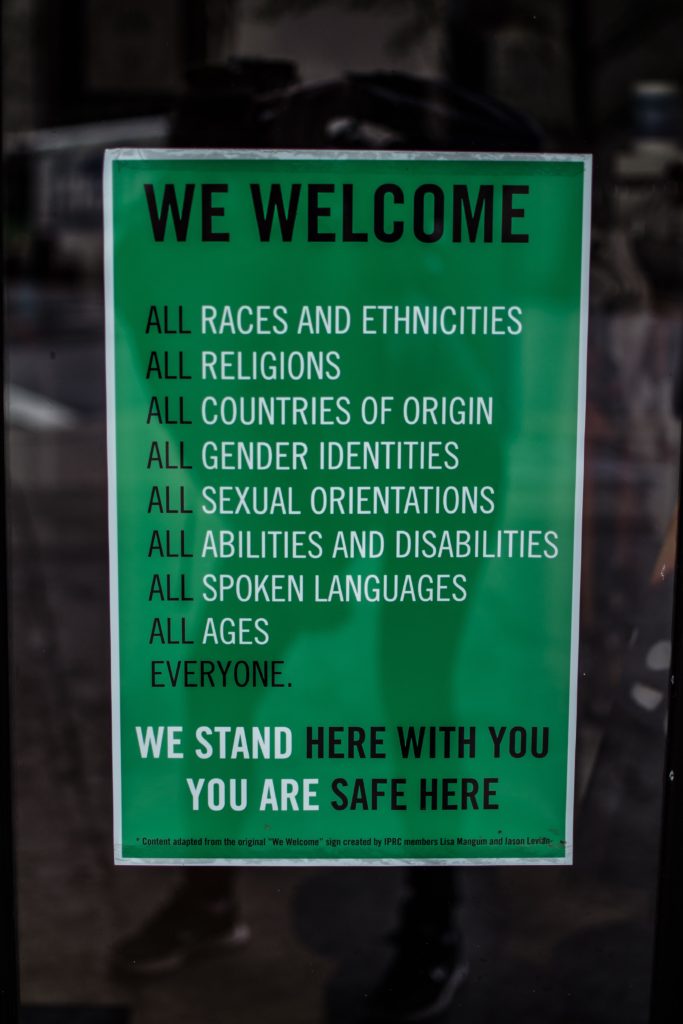
Part 1
There is no doubt that children’s literature has grown to enormous proportions in the world of popular fiction, especially with the Young Adult craze that has exploded over the last few decades, saturating the market with more content than even the most avid fanperson could even begin to keep up with. While this sudden influx of writers and works has done many wonderful things for the industry as a whole, it has also brought attention to an important subject that, until recently, had barely left the confines of the classroom, let alone been subject to open discussion among casual readers. If you read the title, you probably already know where I am going with this—Diversity.
Yes, Diversity. I leave the word capitalized not just for creative emphasis, but because the tenets of Diversity have far surpassed the realm of the inanimate, becoming a living, breathing set of ideals that have deeply ingrained themselves into how we think about every aspect of our modern world—especially when it comes to popular culture. For children’s literature, this influx of informed thinking has opened up a long-overdue, and critically significant, conversation about the expectations of works designed for young and impressionable minds, as well as their necessity.
As writers, readers, teachers, publishers, reviewers, and what have you, it is clear that we must all do our part to ensure that the genre we love continues to be a guiding light of progress in a world dampened by institutional racism, right-wing agendas, capitalist morality, and a myriad of other social constructs that have long restricted the many voices that constitute the dynamic world we live in. But what does that mean exactly? It may sound simple enough—write books that reflect real life, all aspects of it. But as we’ve seen in recent years—especially with the increasing amount of scrutinizing eyes among the readership—the rules of what is and is not acceptable, even within the confines of diversification itself, are far from defined.
What can be agreed upon, though, is that the ways in which we approach these texts are constantly changing. In a genre that has become increasingly visible, and accessible, due to the incredible number of social media bloggers, reviewers, and fan groups, the expectation of Diversity has taken on a force of its own—one that is no longer dictated by a single school of thought, but, instead, is made up of an endless sea of varying, and even contradictory, belief structures. From this cacophony of voices comes, not only the righteous power to shake the walls of fat-cat publishing houses, but also the ability to leave authors quivering in dark corners, fingers plugged into their ears, trying desperately to drown out the notification sounds as social media deconstructs their life’s work to the point of nuclear fission.
For an author, this can be an intimidating prospect, and one that is not so easily avoided, even when going into a project well researched and with the most genuine of intentions—however irrelevant they may be. As a writer of children’s literature myself—and especially as an aging, straight white male—I know that I have stayed awake long nights debating the pros and cons of how I choose to portray my characters, afraid of any misstep that could leave what was a solid story dead in the water in the eyes of the modern readership. Which is fantastic, honestly, because writers should be concerned about Diversity. In fact, they should be terrified about it, and not just for the reader’s sake, but for their own as well because, as artists, the decisions we make—no matter how subtle they may appear to us on the surface—come with great responsibility.
So what do we do? How do we approach Diversity in the right way? I’m not here to answer these questions (there may not even be an answer), but, if you wish to continue the conversation, make sure to tune in next week and when we’ll try to flesh it out some more.
PRR Writer- Joe Buckler
Instagram: @imwithjoebuckler